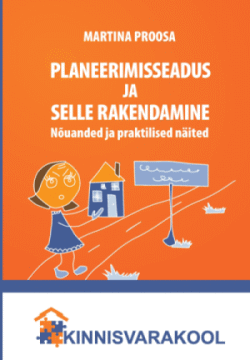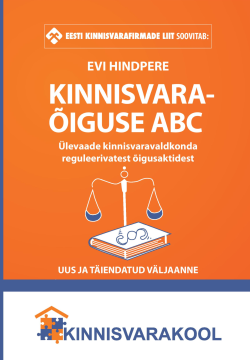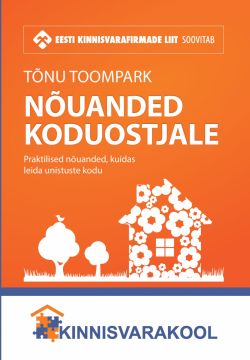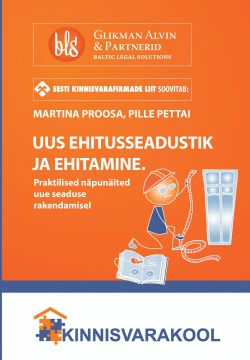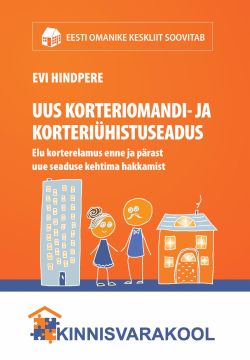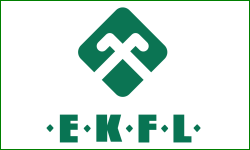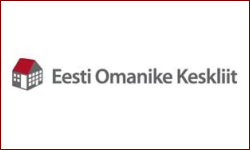As noted in an earlier post, the third quarter of 2010 showed no signs of recovery in the construction sector, at least if figures released by the Estonian statistical office are anything to go by.
According to data released by the office today, this has not changed, and in fact there has been a fall in construction value for the fourth quarter. The value of Estonian construction companies’ production in 2010 both in Estonia and other countries totalled 1.3 billion Euros (20.1 billion Kroons), a figure which is some 13 per cent lower than the previous year. The trend towards a fall in the construction sector has unsurprisingly been continuing since the start of the downturn in 2008.
This figure can be separated between new buildings, which constituted 740 million Euros, and other developments and facilities, which accounted for the remaining 542 million Euros (or 12 and 8 billion Kroons respectively). In comparison with 2009, this represented a fall of 17 per cent in new buildings and a fall of 6 per cent in other facilities construction.
The fall in construction activity was particularly due to a fall in the local residential construction market. However, the volume of construction by Estonian companies in the foreign market actually increased by 12%, solely due to new building work. Indeed it seems that foreign construction has been a burgeoning area in recent years, in 2010 making up a total of 11% of building construction volume.
The building registry data also shows that 2010 saw the completion of construction of 2324 new units, some 702 less than 2009. Furthermore, the bulk of newly-constructed units were to be found in apartment blocks, about half of them being two- or three-room apartments. However, since 2008 the proportion of dwellings to be found in apartment buildings has been decreasing, which has hasd the effect of causing the average size of dwelling places to increase. As of 2010 this stood at 102 square metres, the highest figure over the last nine years. Unsurprisingly, Tallinn saw the biggest share of new residential developments, followed by districts bordering Tallinn, and also Tartu county.
Despite the continued fall in the volume of construction noted above, the very fact that new buildings are being put up should lead to optimism in the construction industry, according to the report. Building permission was given for some 2600 dwellings in 2010, an increase of about 25 per cent on the previous year.
A further 815 permissions were granted for the construction of non-residential buildings over the same period, comprising 425 000 square metres of useful space. Most of this was taken up by new shop, office and industrial uses. Nevertheless, there was actually a fall in non-residential permissions, both in terms of floor space and cubic capacity.
In conclusion, and to flesh out our post concerning the third quarter of 2010, it would appear that the fourth quarter of 2010 on its own saw no signs of recovery in the construction sector, and in fact saw a drop on the previous quarter. Whereas the third quarter saw a total construction value of 364.6 million Euros, the fourth quarter saw only a figure of 344 million Euros, in fact a 5 per cent fall on the corresponding quarter for 2009 (the third quarters of 2009 and 2010 respectively recorded similar figures, by contrast).




